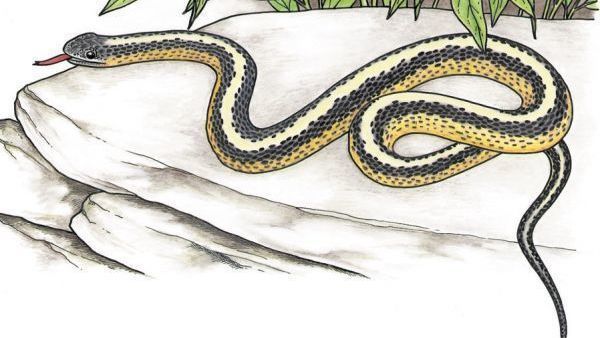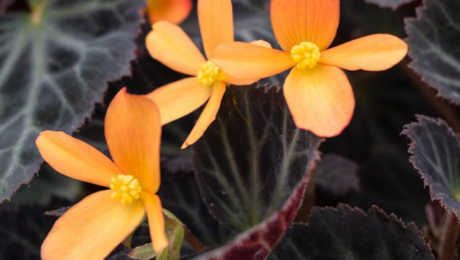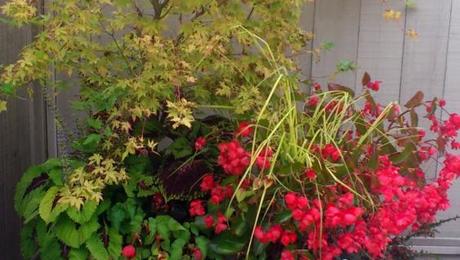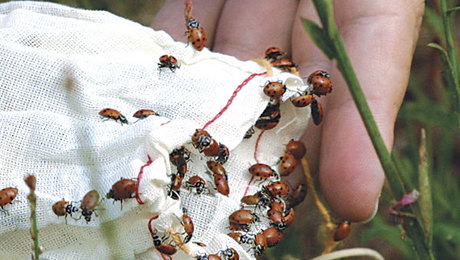
Photo/Illustration: Merlin D. Tuttle
Bats can thank Dracula for their bad reputation as demonic, blood-sucking, disease-ridden parasites, but nothing could be farther from the truth. These nocturnal mammals are actually timid, gentle creatures that avoid human contact (and hair), and they have a lower incidence of rabies infection than do common wild animals like skunks and raccoons. Really, we should be thanking them. Most North American bats feed exclusively on insects, devouring more mosquitoes and other insects than birds and bug zappers combined.
Bats devour moths, mosquitoes, and more
While most insect-feeding birds are diurnal, feeding on insects that are active in daylight, bats have perfected a feeding strategy that is targeted at night-flying insects. Moths and mosquitoes may be their mainstay, but they also feast on insects ranging from gnats to large flying beetles. Bats will consume from a quarter to half their body weight in insects each night. This means that an average colony of any common species of bat may eliminate more than 100 tons of insects in one season.
Studies conducted in Kansas and Canada over the last few years have shown that bat populations can effectively control corn rootworm moths, thus reducing and even eliminating the need for agricultural insecticide applications in some areas. If bats can effectively control insects on such a large scale, just imagine what they can do in your garden.
Bats do more than help with insect control. Their excrement is a prized organic fertilizer. Bat guano typically contains 10 percent nitrogen, 3 percent phosphorus, and 1 percent potassium, and it has no fillers, as other types of fertilizer often do. This natural plant enhancer benefits flowers, ornamentals, vegetables, and herbs. It is also extremely long-lasting in most types of soil.
Make your yard bat-friendly
To take advantage of a bat’s contributions to the environment, consider making your yard and garden bat-friendly. Bats, like all animals, need food, water, and shelter. Since there are plenty of insects in most gardens to provide their favorite entrée, all we need to supply is water and shelter.

Photo/Illustration: Dennis Ferraro.
Bats need a clean and accessible water source. In the wild, most bats swoop down over the surface of open bodies of water such as lakes, ponds, or slow-moving streams to take a drink. A garden pond with short plants on opposite sides is an excellent water resource for bats. They may also use raised birdbaths that are located in an open space.
Bats normally live in dark, protected places like hollow trees, under loose bark, in caves, and in cracks of rocky ledges. In urbanized areas, they may frequent attics, the back side of house shutters, downspouts, and even storm sewers. To attract bats, consider adding a bat house to your garden decor. Bat houses can be purchased or easily built. You can obtain designs from Bat Conservation International (www.batcon.org). Fasten the bat house securely to the south side of a pole, tree, or building to absorb the warmth of the sun. Place it 12 to 18 feet above the ground in a location that will be difficult for predators to disturb.
And remember, the next time you encounter a bat, don’t give in to the fear that folklore and myths have instilled in us. Respect bats for their ecological importance, and save those wooden stakes for supporting your garden plants. You won’t find any vampire bats in North America.
Fine Gardening Recommended Products

A.M. Leonard Deluxe Soil Knife & Leather Sheath Combo
Fine Gardening receives a commission for items purchased through links on this site, including Amazon Associates and other affiliate advertising programs.


















Comments
Log in or create an account to post a comment.
Sign up Log in